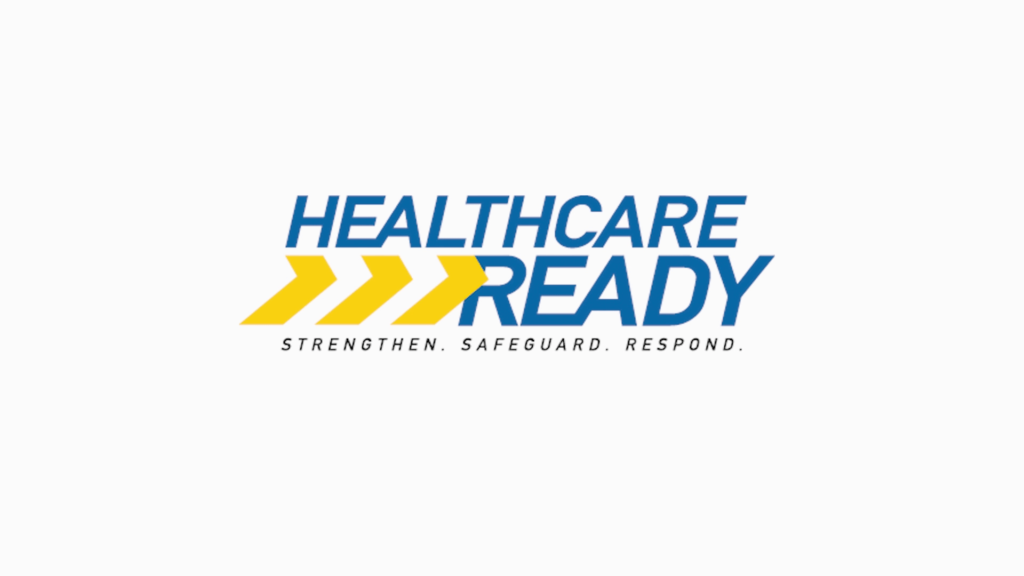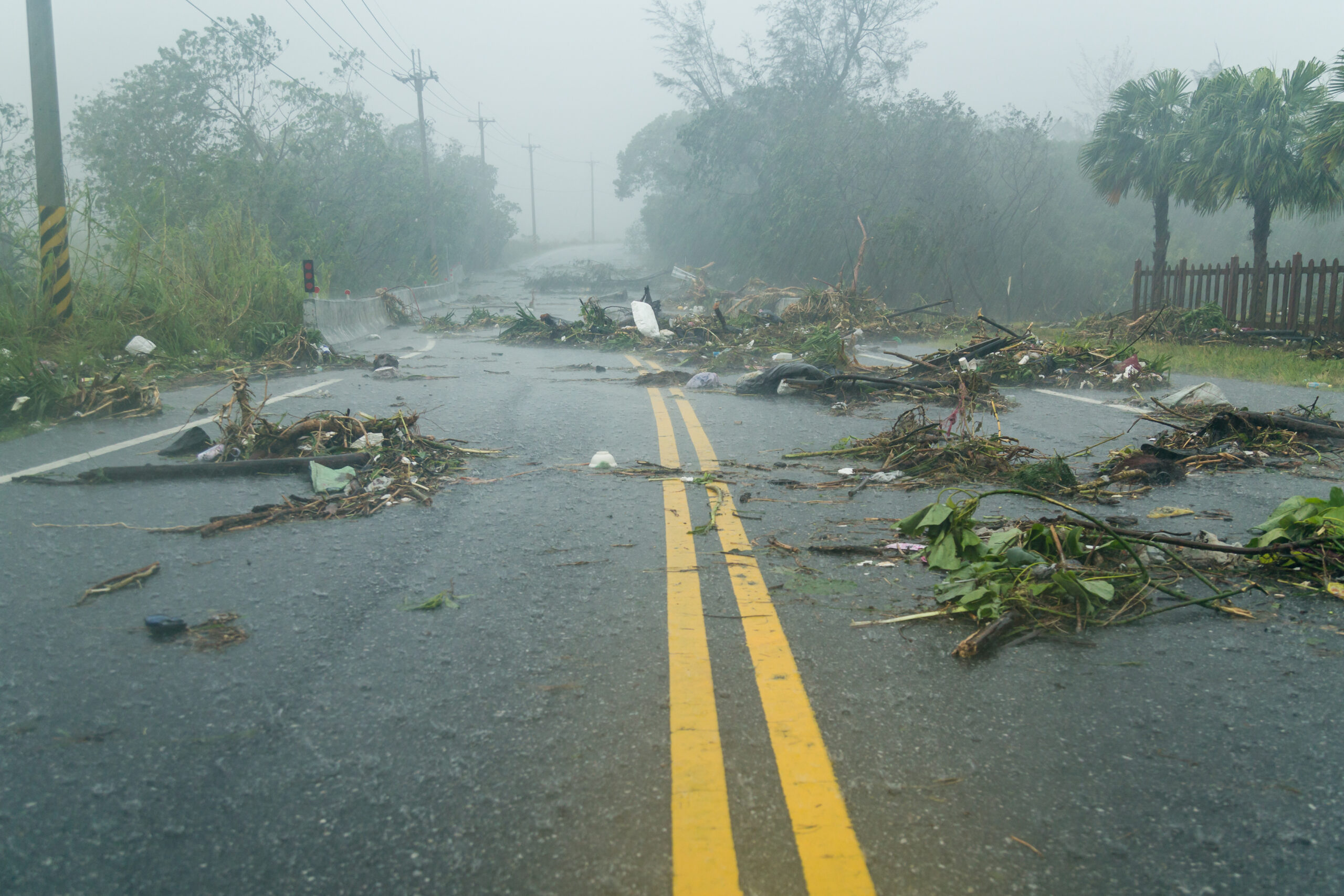Prioritizing Vulnerable & At-Risk Individuals in the New Stage of the COVID-19 Pandemic
With the widespread rollout of the vaccine and removal of mask mandates in many states, the COVID-19 pandemic has evolved. Some individuals have developed immunity through antibodies or vaccination, but others are still vulnerable, and they must alter their lives to stay safe in a society that has begun returning to pre-pandemic practices. To protect these individuals, we can start by being educated on what it means to be at-risk or vulnerable in the current state of the pandemic.
What does it mean to be "vulnerable"?
Those who are vulnerable cannot get the vaccine due to factors that are beyond their control. A few examples of individuals who are vulnerable include those who:
- Are immunocompromised: An individual is immunocompromised due to being born with absent or faulty immune systems. Others have become immunocompromised through diseases or they have received therapies, such as chemotherapy, that have wiped out their immune system. As a result, they produce few to no antibodies in response to a vaccine or infection and they are susceptible to the virus. When they do become infected, they may suffer prolonged illness, with death rates as high as 55 percent.
- Lack access to vaccines: We are currently seeing this issue primarily in communities of color who are pre-dispositioned to have higher rates of comorbidities, increasing their risk for severe outcomes from COVID-19.
- Are Disabled or Live in a Rural Community: These individuals have insufficient access to nearby vaccines.
What does it mean to be traditionally "at-risk"? And what does this mean for the next phase of recovery?
Traditionally, at-risk refers to those who are of higher clinical risk related to more severe outcomes of COVID-19, including race and ethnicity, or those who are environmentally pre-disposed to a higher risk due to high exposure, such as front-line workers or those living in multi-generational households. These individuals have repeated exposure and risk re-infection due to their work or living conditions.
In the next phase of recovery from the pandemic, those who are “at-risk” are those who will not receive the vaccine. Not all individuals in this category are the same, but rather on a spectrum of how receptive they are to getting vaccinated. Many individuals are eager to get the vaccine, some people are persuadable – especially when someone they know has been safely vaccinated, while others refuse to get it for a variety of reasons.
“At-Risk” individuals are usually:
- Individuals who refuse to be vaccinated or are in the “wait and see” category
- Front line/Essential workers (e.g., home health workers, retail) whose employers are not providing sufficient protections (vaccines, PPE, etc.) Employer efforts are driving low vaccination rates among home health workers. The majority of vaccinated workers completed this process through their employers. Among those who are unvaccinated, only 34% of home health workers have either been offered or received the vaccine from their employer
What can you do?
If you’re not vulnerable, sign up to get vaccinated! All of the vaccines are safe and effective at preventing hospitalization and death from COVID-19. It is important that you get vaccinated to protect yourself and those who are vulnerable. Visit www.vaccines.gov to find a COVID-19 vaccine near you.
Even though states have begun the removal of mask mandates, it is important that you remain masked. The CDC has stated that fully vaccinated individuals may remove their masks outdoors in small outdoor gatherings but should remain masked at all times around vulnerable individuals. Masks are a proven defense against COVID-19.
If you’re vulnerable, it is important to remain masked and keep your hands and surrounding area sanitized. If you’ve been diagnosed with COVID-19, you should consult your doctor on receiving Monoclonal Antibodies (mAbs) early on in your infection. You can also contact the Combat COVID Monoclonal Antibodies Call Center at 1-877-332-6585 or visit combatcovid.hhs.gov for more information. These antibodies jump start your body’s fight against COVID-19 and could prevent worsening symptoms leading to hospitalization or death.








